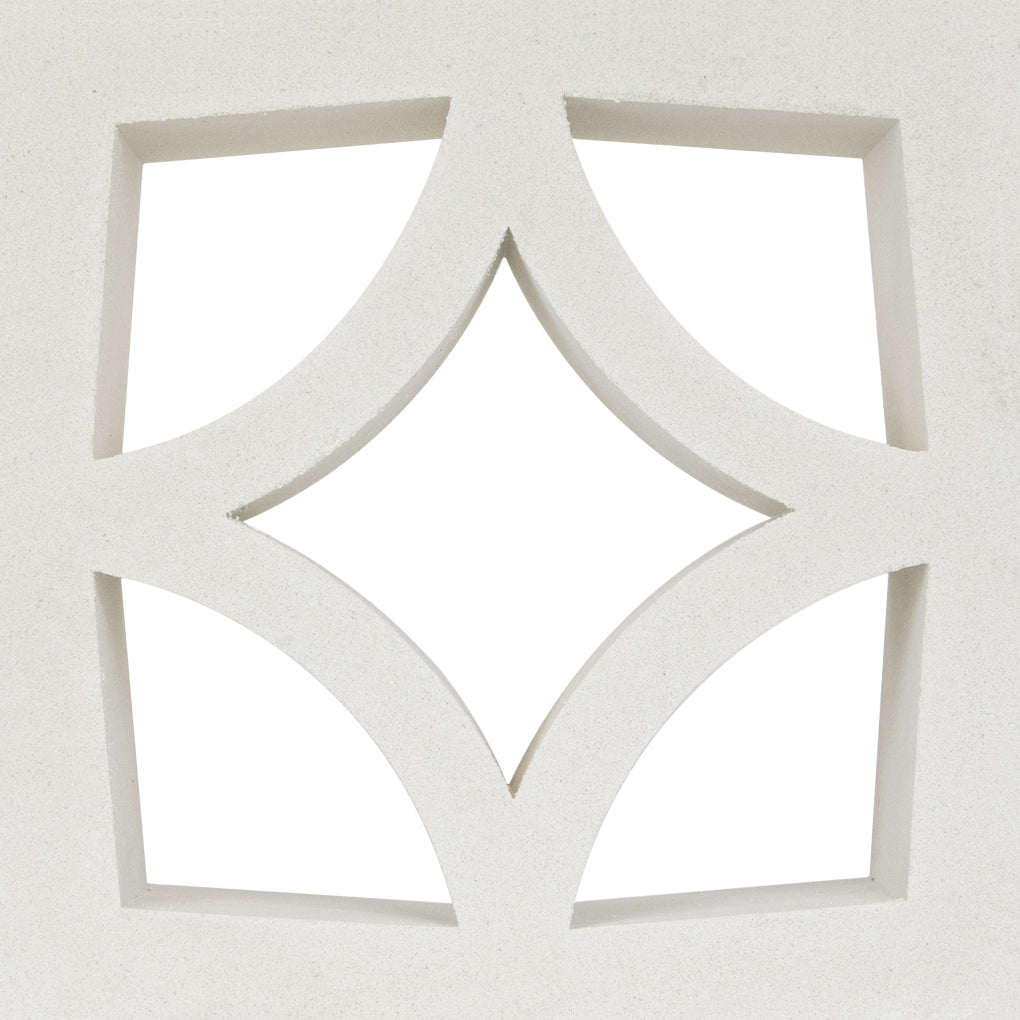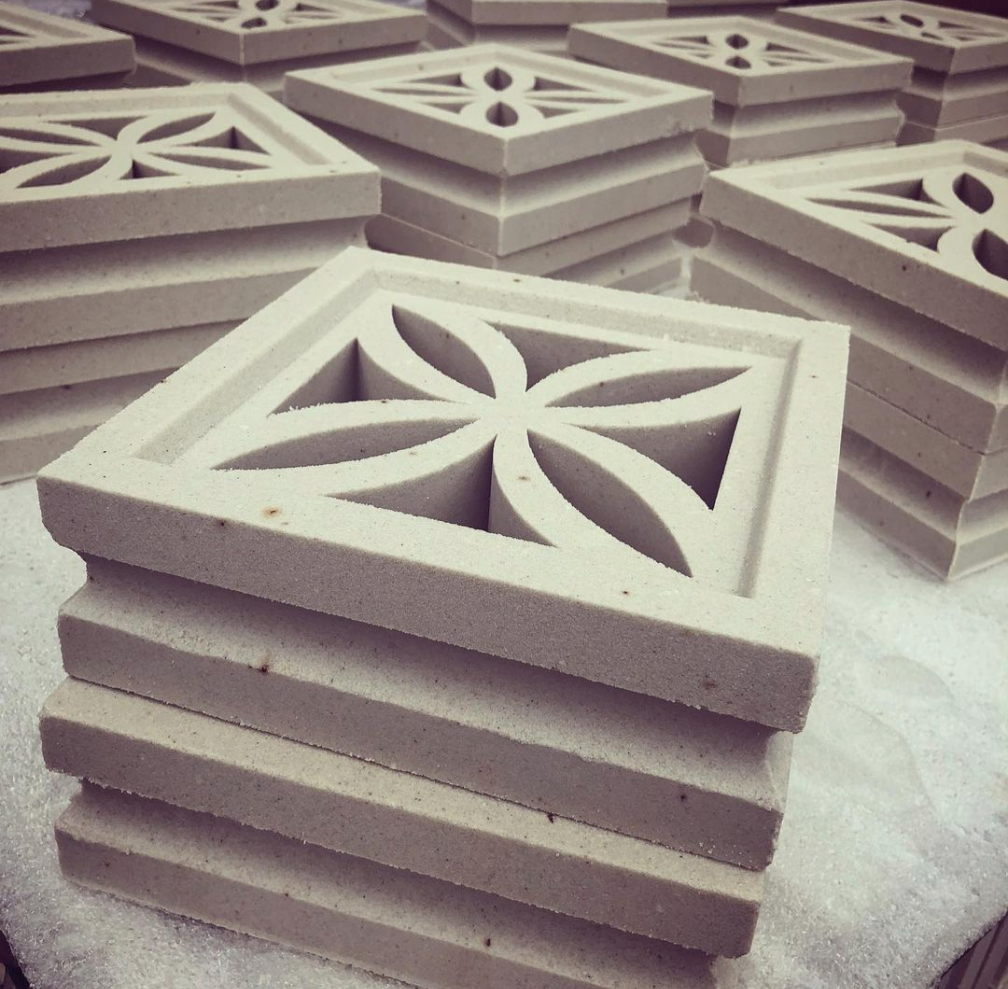The Timeless Art of Breeze Blocks: Crafting Mid-Century Modern Marvels

Breeze blocks, also known as decorative concrete blocks, have a rich history and a unique crafting process that sets them apart in modern architecture. These blocks combine function and style, creating striking patterns and providing structural benefits. From adding retro flair to contemporary spaces to enhancing outdoor areas with an open, airy feel, breeze blocks offer a myriad of design possibilities.
A BRIEF HISTORICAL GLIMPSE
Breeze blocks gained popularity in the mid-20th century, particularly during the 1950s and 1960s, as part of the Mid-Century Modern architectural movement. Originating in the United States, these blocks were inspired by traditional masonry practices but featured bold geometric designs that suited the era's emphasis on clean lines and indoor-outdoor living. They became iconic elements in homes, commercial buildings, and public spaces.


HOW ITS MADE
The creation of breeze blocks involves a precise process that ensures both their aesthetic appeal and structural integrity. Here’s how these distinctive blocks are made:
- Mixing the Concrete: The process begins with mixing concrete, which typically includes a blend of cement, sand, gravel, and water. The quality of the mix is crucial, as it determines the strength and durability of the final product.
- Pouring into Molds: The mixed concrete is then poured into molds. These molds are often made of metal or rubber and feature the intricate patterns that will define the breeze blocks. The designs can range from simple geometric shapes to more complex, decorative motifs.
- Vibration and Compaction: To ensure the concrete fills every part of the mold and to remove air bubbles, the molds are vibrated. This step is essential for creating solid, uniform blocks without weak spots.
- Curing: After the molds are filled, the blocks are left to cure. Curing is a critical phase that can last several days to weeks, depending on the specific concrete mix and environmental conditions. Proper curing ensures the blocks reach their full strength and durability.
- Demolding and Finishing: Once cured, the blocks are carefully removed from the molds. They may undergo additional finishing processes, such as smoothing rough edges or applying surface treatments to enhance their appearance and weather resistance.

MODERN APPEAL
Today, breeze blocks are celebrated for their retro charm and functional versatility. They are used in a variety of settings, from residential gardens and patios to commercial buildings and public spaces.
Their key attributes include:
- Privacy and Ventilation: Breeze blocks provide privacy while allowing light and air to flow through, making them ideal for creating open, airy environments.
- Visual Interest: Their intricate patterns and textures add visual interest to both interiors and exteriors, serving as decorative screens, room dividers, or focal points in modernist designs.
- Structural Support: In addition to their decorative function, breeze blocks can also serve as structural elements, providing support and stability in construction projects.
Designers and architects appreciate breeze blocks for their ability to add texture and character to any space, whether used as architectural features, decorative accents, or functional partitions.

